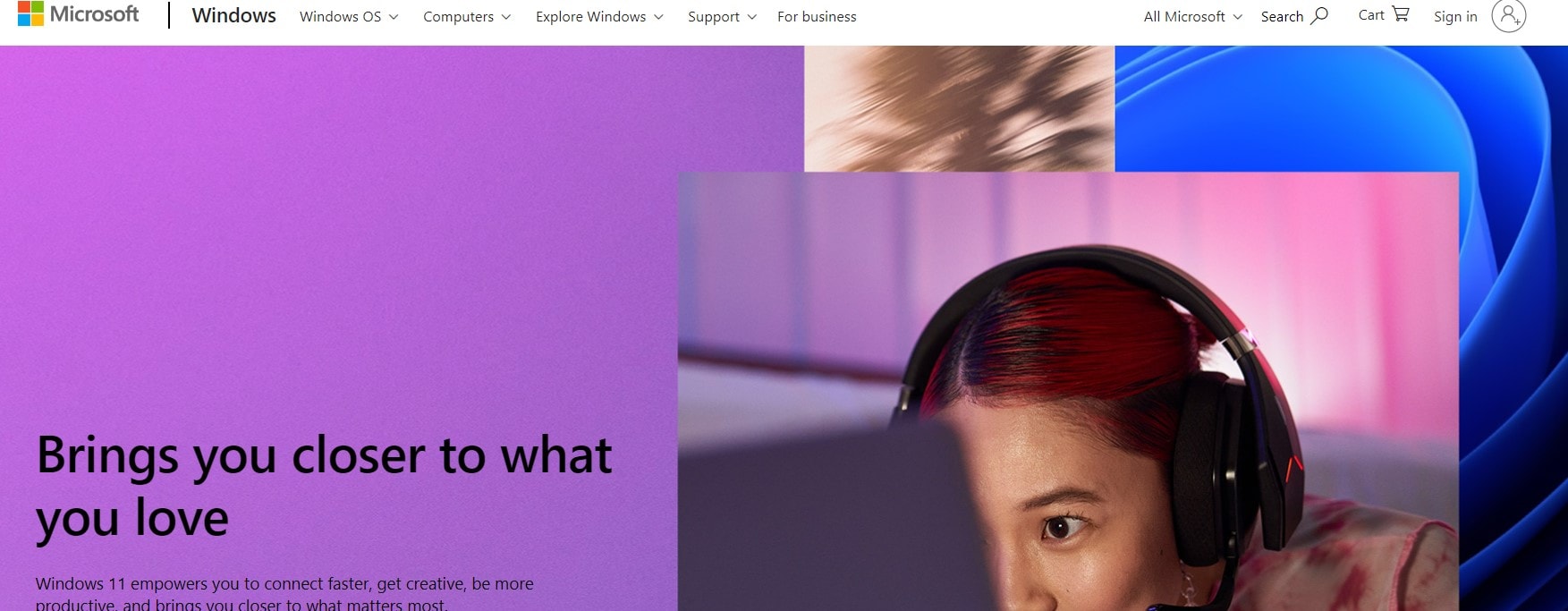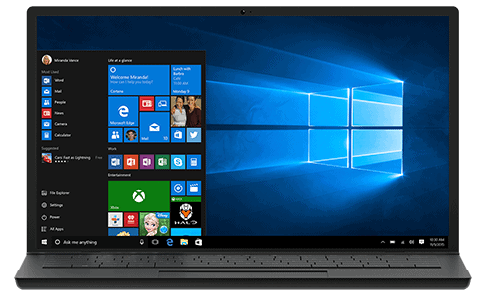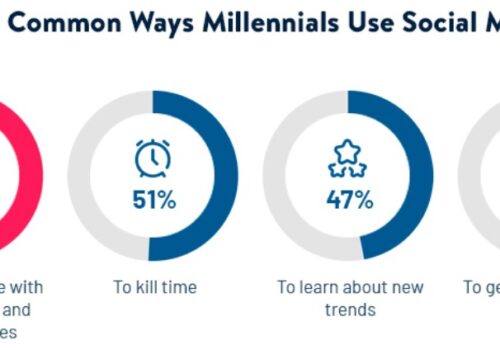In the digital era, Microsoft’s Windows is one of the most popular operating systems worldwide.
From its first release in the mid-1980s to the latest version, Windows has become a key player in the tech industry, powering millions of computers globally.
This article explores the number of Windows users worldwide, shedding light on the vast reach and impact of this operating system.
Whether for work, education, or entertainment, Windows continues to be a crucial part of daily computing for people everywhere, demonstrating its significant role in our digital lives.
| Statistic | Value 2025 |
|---|---|
| Total Devices Running Windows | 1.6 billion active devices |
| Devices Running Windows 10 and 11 | 1.4 billion active devices monthly |
| Devices Running Older Versions of Windows | Estimated 200 million devices |
Windows Now Has 1.6 Billion Users in 2025

There are currently 1.6 billion devices worldwide that use Windows, including both newer and older versions. In January 2022, Microsoft announced that there are 1.4 billion active devices running on Windows 10 and 11 every month.
However, there are still approximately 200 million devices that are running on earlier versions of Windows, and many of them are still using Windows 7.
About 80% of the company’s customers had moved to a newer version of Windows, especially Windows 10, by the middle of 2020.
This means that Windows, both old and new versions, runs on about 1.6 billion devices all over the world.
It still has a big share of the market for operating systems as a whole, which it has had since the 1980s.
Global Operating Systems Market Share 2025
Windows’ share of the market for operating systems has gone down since nine years ago.
At the beginning of 2013, the company owned by Microsoft had 90.96% of the total market. This made it a clear winner over its only major competitor at the time, macOS, which only had 8% of the total market.
Windows is still the best operating system on the market right now. Even though their market share is much smaller than it was in 2013.
| Operating System | Market Share 2024 |
|---|---|
| Android | 41.61% |
| Windows | 29.02% |
| iOS | 18.18% |
| OS X | 6.41% |
| Unknown | 2.21% |
| Linux | 1.51% |
As of 2024, the market share of operating systems around the world is shown below.
- Android holds the largest market share, with 41.61%.
- Windows is the second most popular operating system, with a market share of 29.02%.
- iOS comes in third, capturing 18.18% of the market.
- OS X has a market share of 6.41%, placing it fourth.
- The category labeled as Unknown accounts for 2.21% of the market.
- Linux holds a market share of 1.51%, making it the least used among the listed operating systems.
A Retrospect on Windows and its Beginnings
Windows, launched by Microsoft in 1985, revolutionized personal computing with its graphical user interface, marking a departure from the command-line operations of the past.
Starting with Windows 1.0, it introduced user-friendly features and applications like Paint and Notepad, laying the foundation for the future of computing.
Over the years, Windows evolved through versions like Windows 95 and XP and onto Windows 10 and 11, continuously adapting to technological advancements and user needs.
Today, it stands as a cornerstone of the digital world, powering millions of devices globally and driving innovation in the software industry.
FAQs
📈 What is the current market share of Windows operating system?
As of the latest data, Windows maintains a dominant position in the operating system market, with a market share of around 75% to 80% globally.
🌐 Which versions of Windows are most commonly used?
Currently, Windows 10 is the most widely used version of the Windows operating system, with a significant majority of users having upgraded to or purchased devices pre-installed with this version. However, older versions like Windows 7 and Windows 8/8.1 still have notable user bases.
🔍 How does Windows usage compare to other operating systems like macOS and Linux?
Windows remains the most widely used desktop operating system globally, surpassing macOS and Linux in terms of market share. While macOS enjoys popularity among certain demographics, and Linux is prevalent in specific sectors such as servers and supercomputers, Windows maintains a significant lead in overall usage.
💼 Is Windows usage more prevalent in certain industries or regions?
Windows usage is widespread across various industries and regions, with its presence felt strongly in sectors like business, education, government, and gaming. However, there may be variations in adoption rates based on factors such as economic development, technological infrastructure, and cultural preferences.
💡 What factors contribute to the widespread use of Windows?
Factors contributing to the widespread use of Windows include its user-friendly interface, compatibility with a vast array of software and hardware, extensive third-party support, strong presence in enterprise environments, and Microsoft's continuous efforts to innovate and improve its operating system.
Quick Links:
- How Many People Use Expressvpn? (Users Stats)
- How Many People Use 1password? (Usage Stats)
- How Many People Use Yahoo Mail? (User Stats)
- Social Network Usage Stats
Conclusion: How Many People Use Windows 2025?
The vast number of people using Windows around the world, estimated at 1.6 billion active devices, showcases its dominance in the operating system market.
From its humble beginnings in 1985 to the latest Windows 11, Microsoft’s Windows has evolved to meet the changing needs of users across the globe.
Its widespread adoption reflects its reliability, user-friendly interface, and versatility.
As technology advances, Windows continues to play a crucial role in personal and professional computing, cementing its position as a key player in the digital landscape for years to come.
Sources: StatCounter, GHacks, TechAdvisor, Statista, The Win Central





